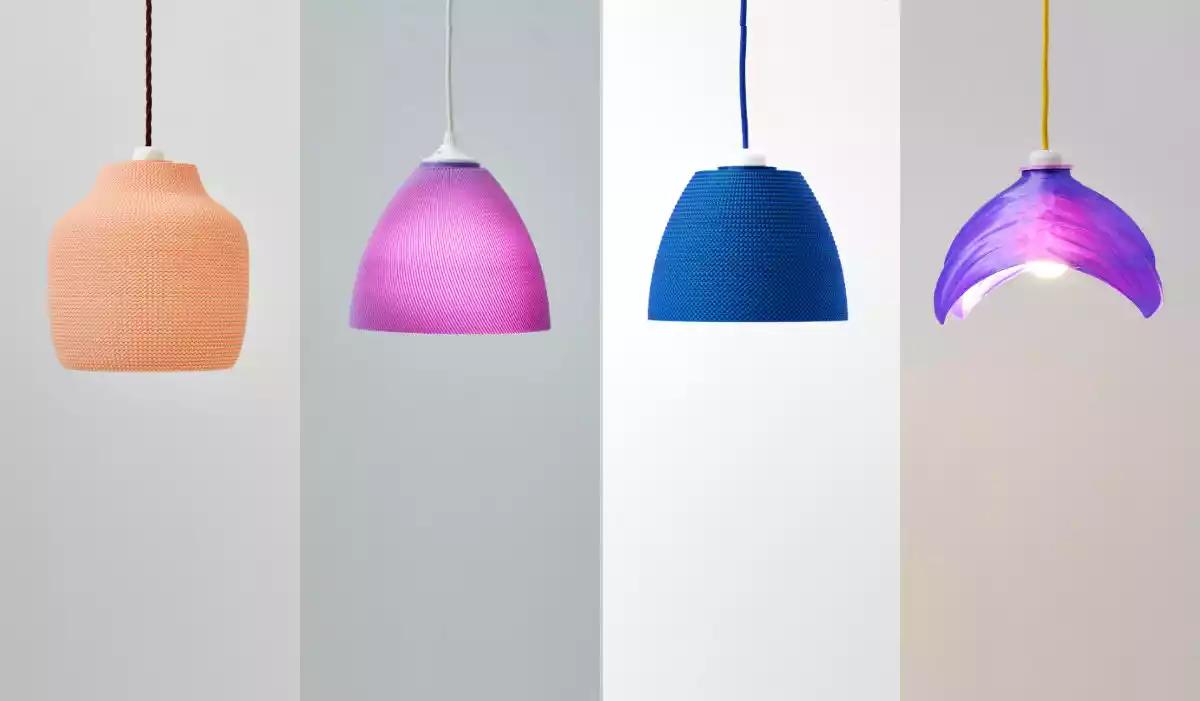GREENFILL3D – Polish startup specializing in 3D printing of everyday products in line with the principles of a circular and zero-waste economy, created for COLORISED – the platform for the interior design industry, an original line of lamps. ECO Lamps not only offer unique shapes and colors found nowhere else, but are also made of biodegradable and compostable materials: polylactide, polylactide doped with wheat bran and thermoplastic starch, which is fully compostable at home.
All ECO Lamps offered under COLORISED brand are fully biodegradable in industrial conditions or compostable at home. Their production uses only certified bioplastics produced by Polish companies that are leaders in the plastics processing market in Europe – Grupa Azoty, Spectrum Group and ROSA PLAST.
To emphasize the Polish origins of ECO Lamp, their nomenclature uses the Esperanto language, created in 1887 by Ludwik Zamenhof – an ophthalmologist of Jewish origin, who was nominated eight times for the Nobel Peace Prize.
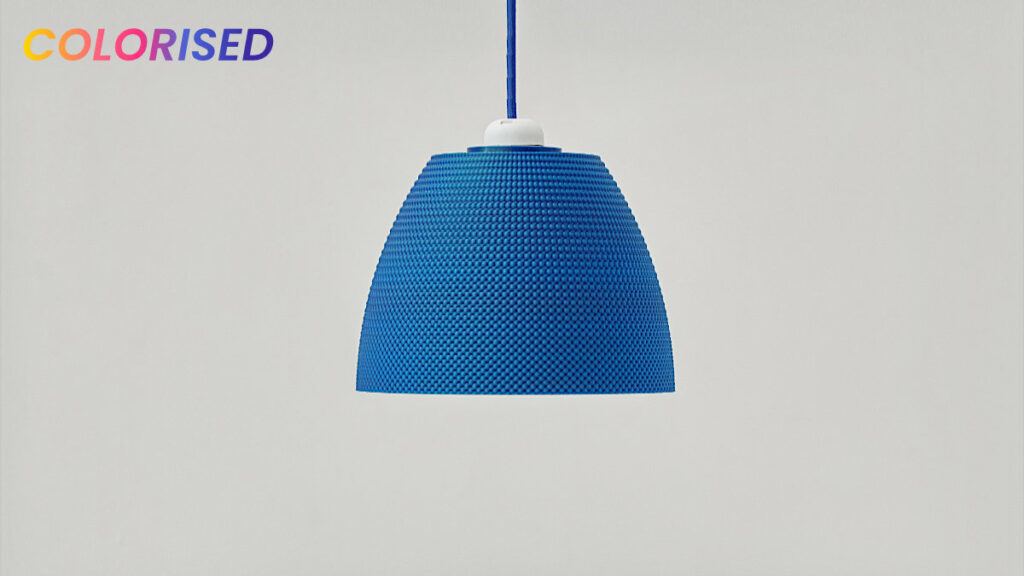

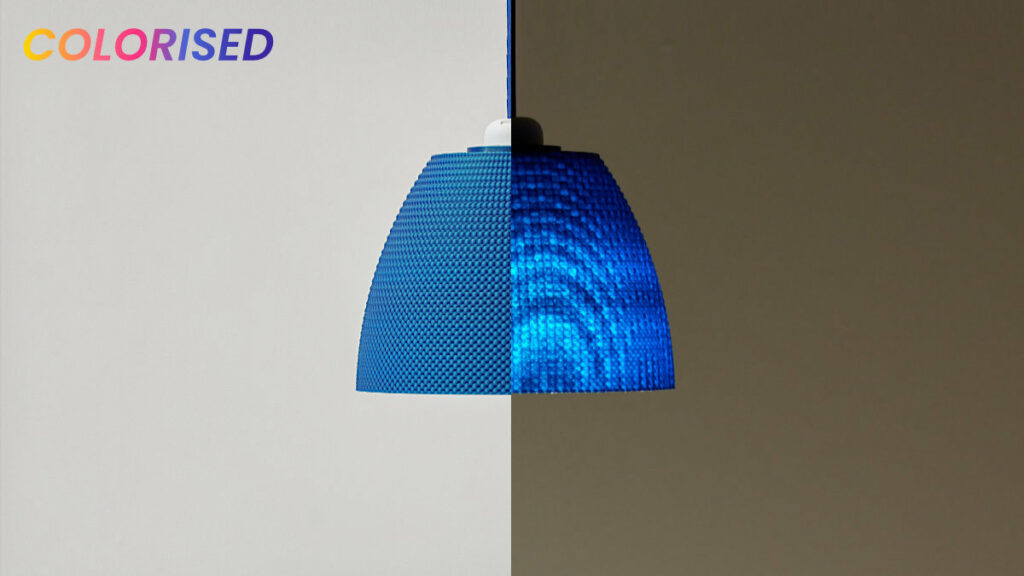
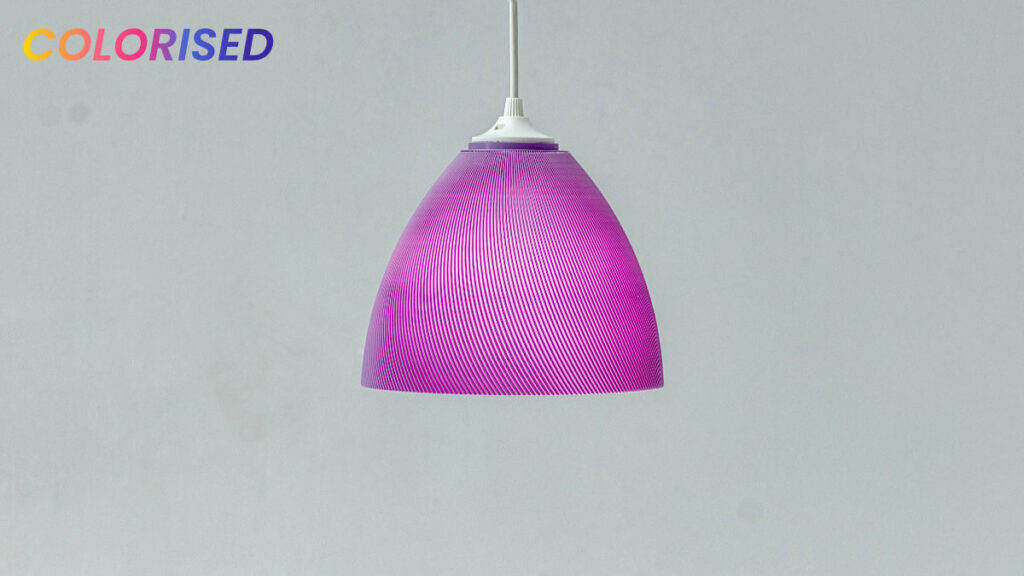
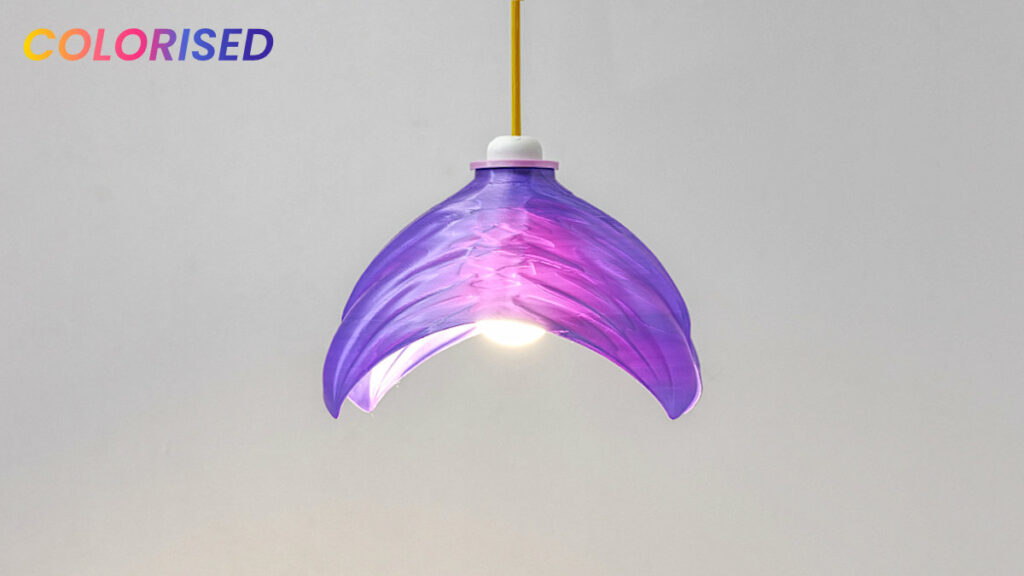

ECO Lamps have been grouped into two main categories:
- Kolora Spektro – lamps characterized by a wide color palette, offering a unique lighting effect when turned on – unusual, geometric patterns appear on the surface
- Brilanta Brano – lamps made of GF3D Branfill3d material, based on wheat bran, which is waste in the production of pasta and other flour products.
Each ECO Lamp is equipped with a fabric-coated power cable in a color matching the color of the lamp (e.g. yellow-pink, navy blue-navy blue, brown-wheat bran color). The lamps also come with an LED bulb. Lamps are offered in amounts ranging from several dozen EUR – depending on their size and shape.
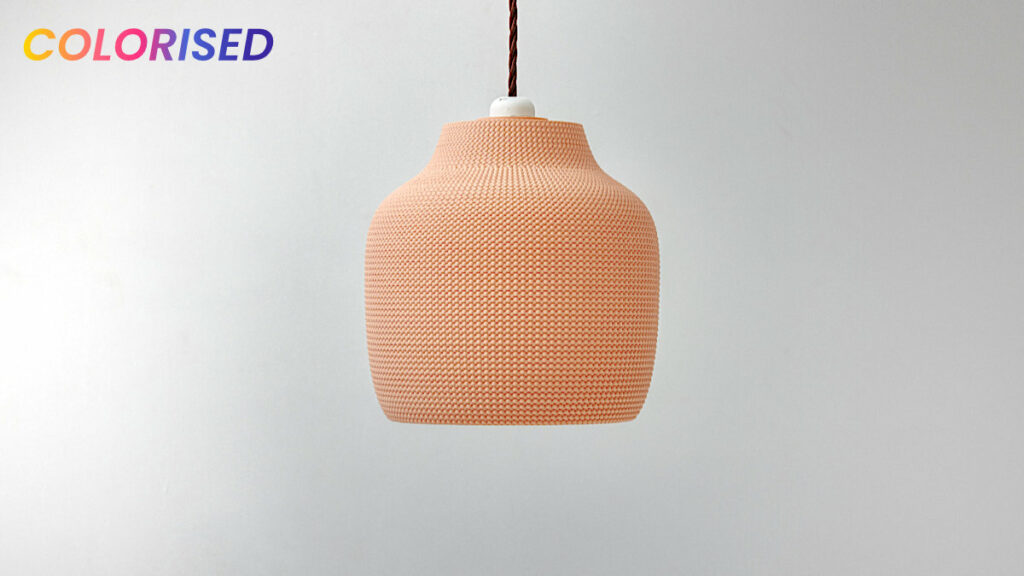
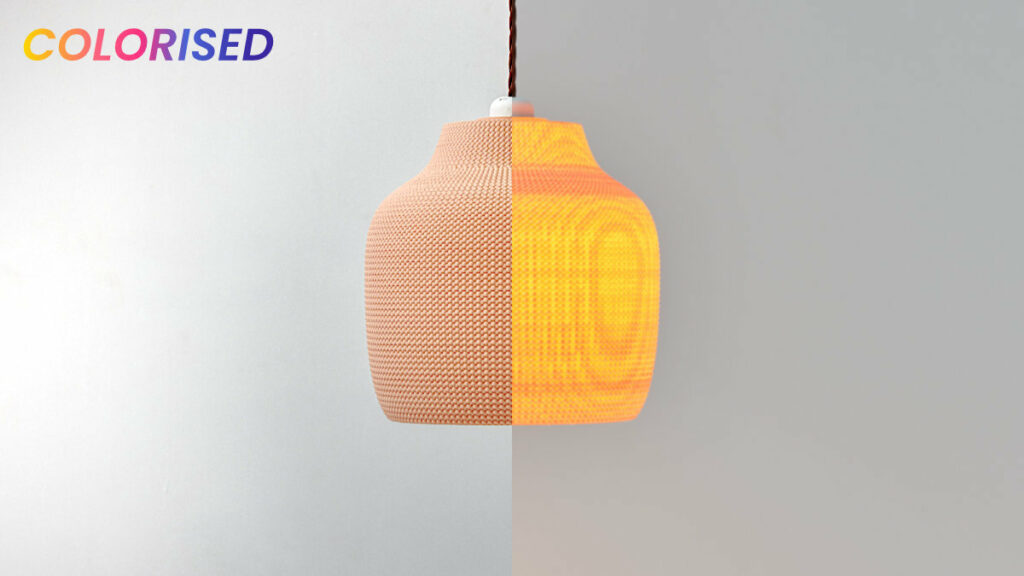
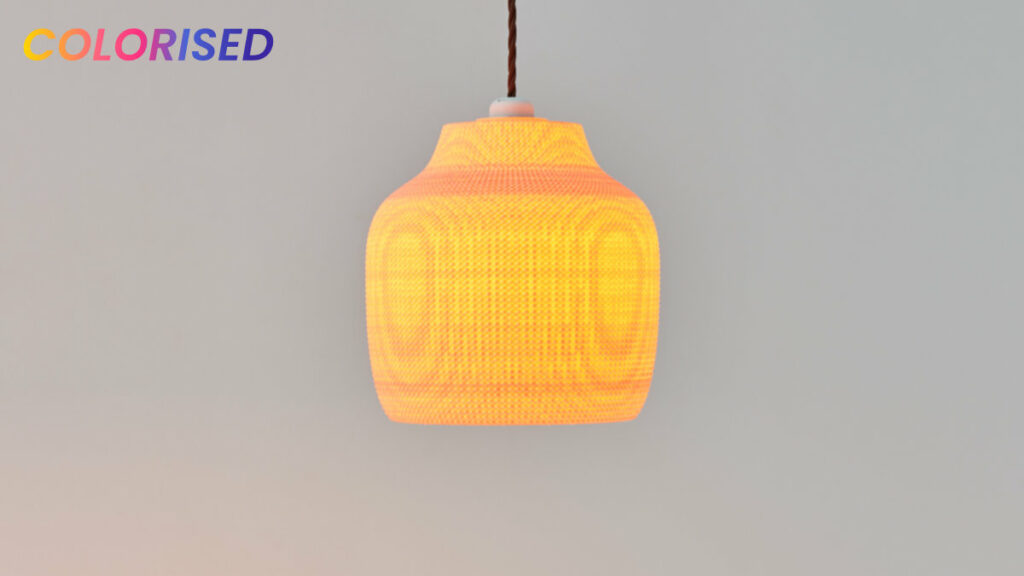
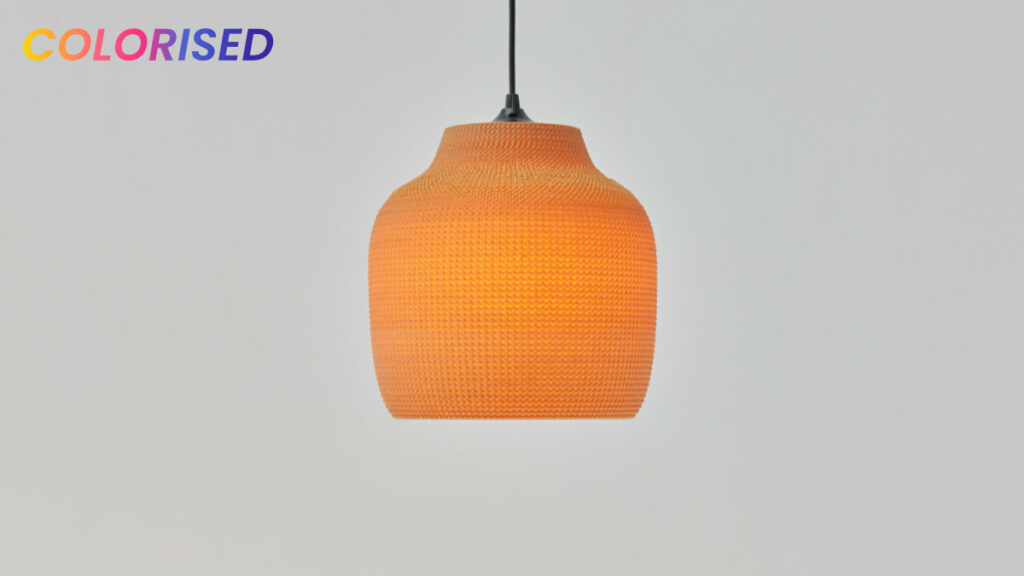
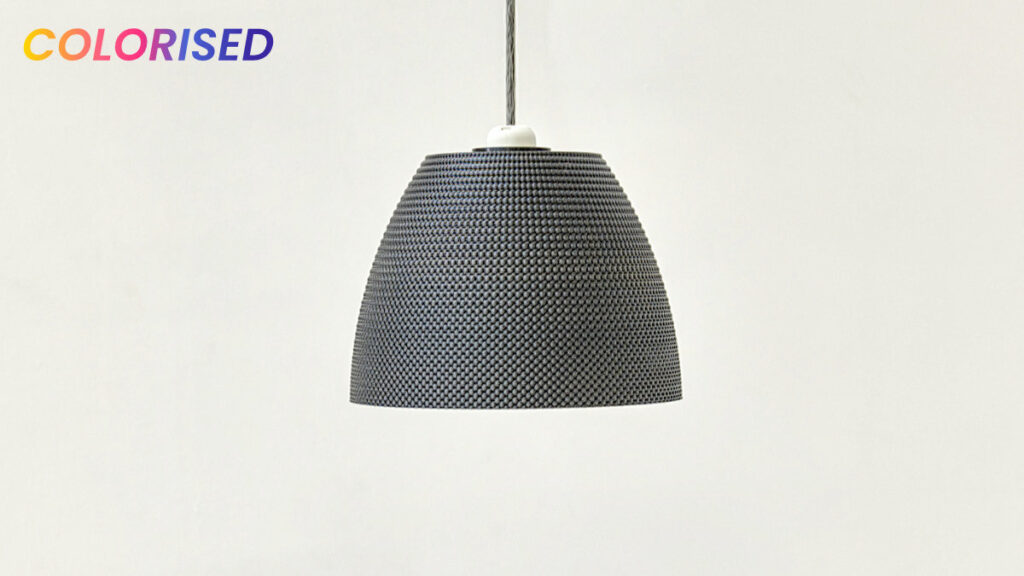
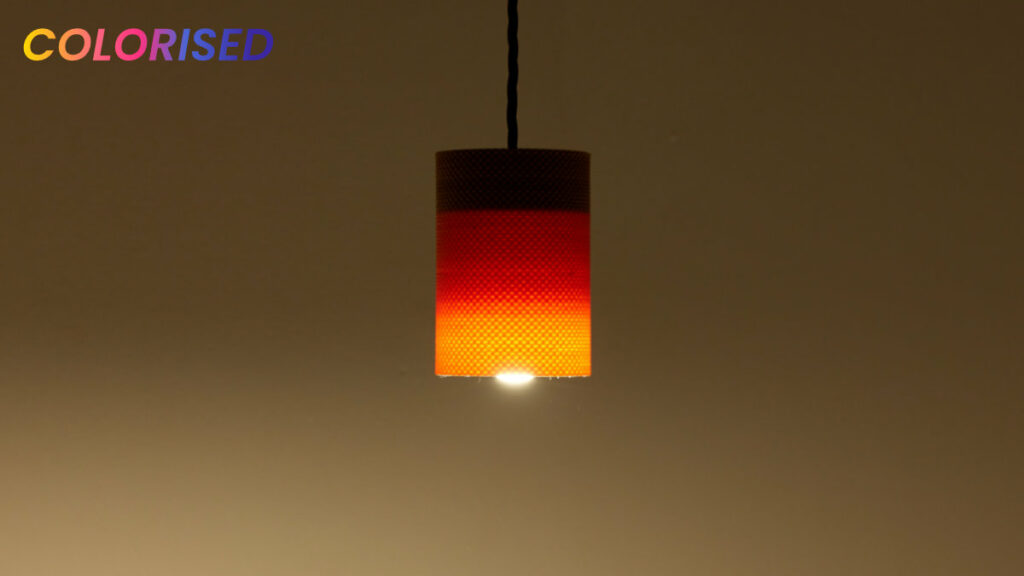
“COLORISED opens up completely new opportunities for us in the area of implementing bioplastics in everyday applications,” said Paweł Ślusarczyk, co-founder and CEO of GREENFILL3D. “Thanks to 3D printing technology, we can create any shape, finish and color variant, depending on the customer’s expectations. Moreover, the use of fully biodegradable or compostable materials has a large impact on the natural environment. After all, the lifespan of most lamps in a home or institutional environment is usually several years – sooner or later, every user decides to renovate and refresh the interior, and lamps are one of the “victims” of those changes. Traditional lamps end up in the trash – ours, especially those made from thermoplastic starch or wheat bran, will decompose in the soil, reducing pollution.
